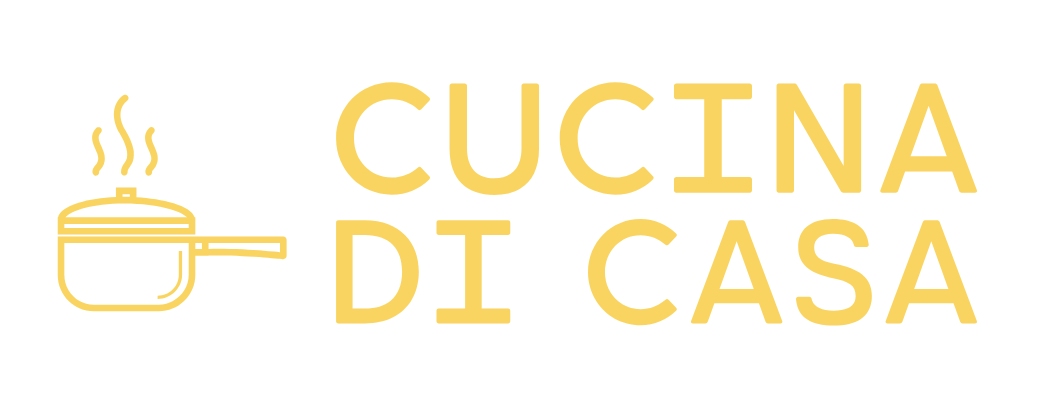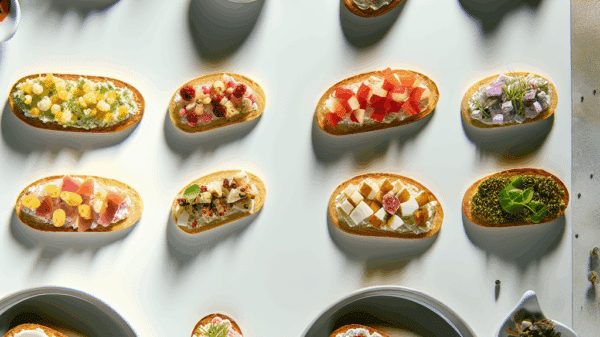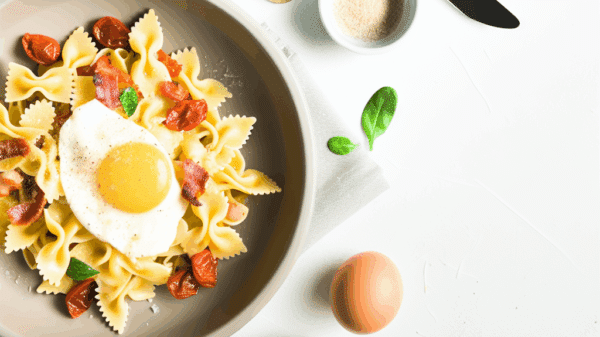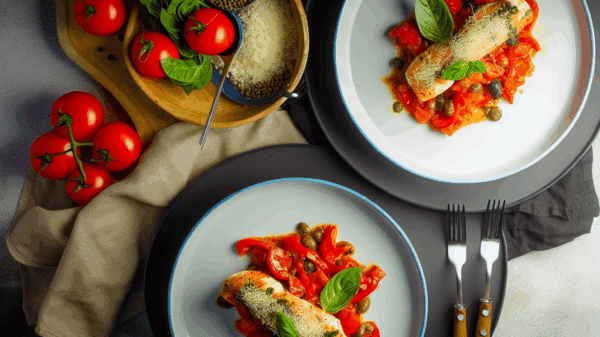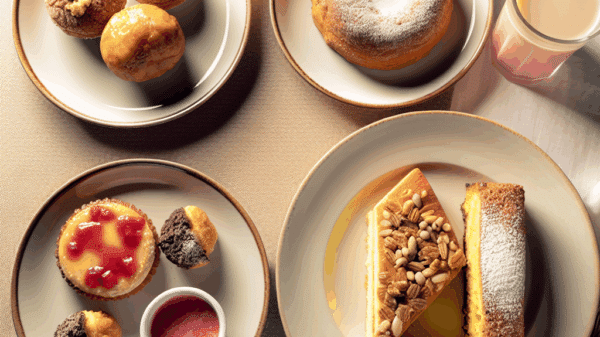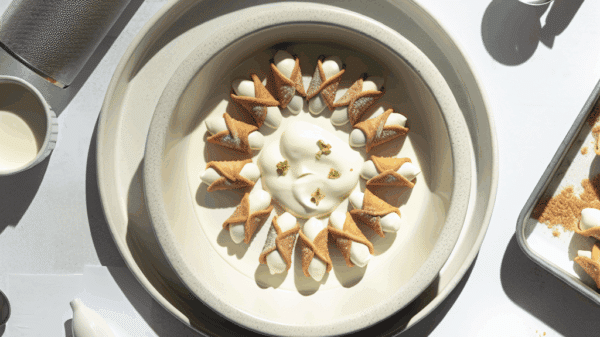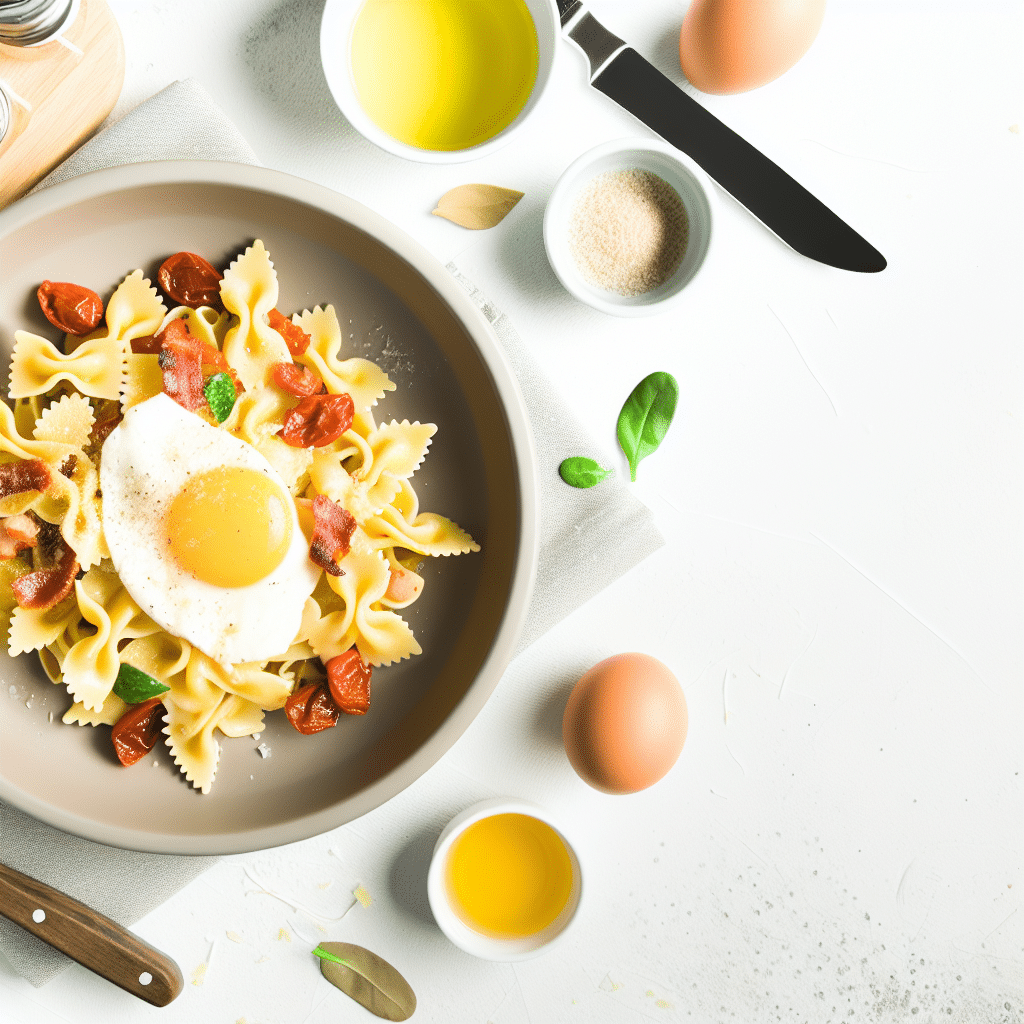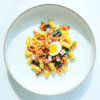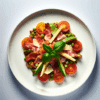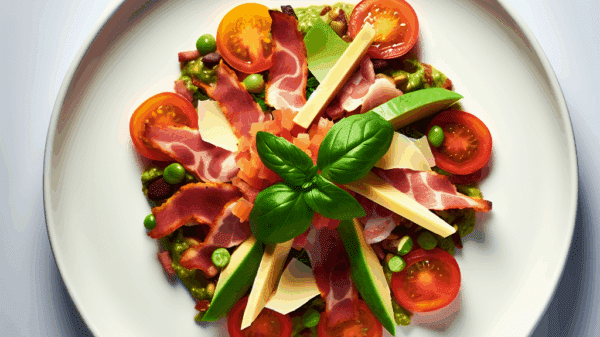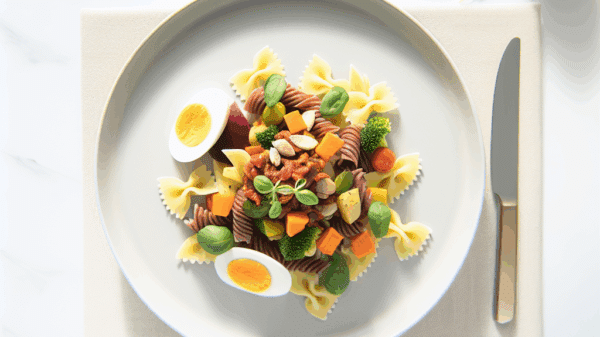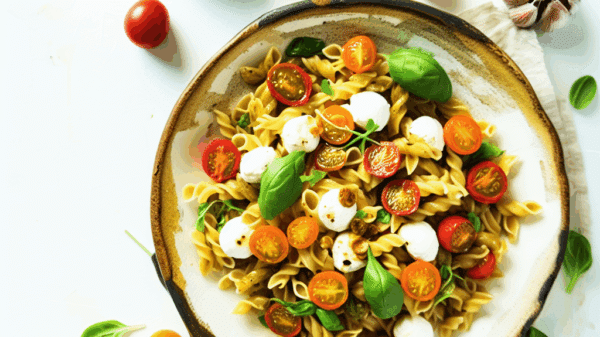Overview
Italian pasta is more than just a meal; it’s a celebration of art, culture, and flavor that offers something for everyone. From a quick weeknight dinner to a luxurious feast for special occasions, Italian pasta dishes can cater to all tastes and preferences. This article delves into authentic Italian pasta recipes, focusing on techniques and ingredients that bring each dish to life. You’ll find that cooking Italian pasta can be a comforting experience as its rich history unfolds with every bite.
Estimated Prep/Cook Time: 30-60 minutes
Difficulty: Easy to Intermediate
Regional Origin: Various (Tuscan, Roman, Sicilian, Neapolitan)
Type: Comfort Dish or Special Occasion
Ingredients
- 250g (9 oz) durum wheat pasta (e.g., spaghetti, penne)
- 2 tablespoons (30 ml) extra-virgin olive oil
- 400g (14 oz) canned San Marzano tomatoes
- 100g (3.5 oz) Parmigiano-Reggiano, grated
- 50g (1.75 oz) Pecorino Romano, grated
- 2 cloves garlic, minced
- Fresh basil leaves (for garnish)
- Salt (to taste)
- Freshly cracked black pepper (to taste)
- Protein add-ins: 200g (7 oz) chicken or shrimp (optional)
- Vegetable add-ins: 150g (5 oz) spinach or zucchini (optional)
Step-by-Step Instructions
- Bring a large pot of salted water to a boil. Use approximately 10 grams (2 teaspoons) of salt per liter of water to enhance flavor.
- Add the pasta to the boiling water and cook according to package instructions until al dente, typically 8-12 minutes.
- While the pasta cooks, heat the extra-virgin olive oil in a large sauté pan over medium heat. Add minced garlic and sauté for 1-2 minutes until fragrant but not browned.
- Add the canned San Marzano tomatoes, breaking them apart with a spoon. Let the sauce simmer for 10-15 minutes to develop flavors.
- If using, add chicken or shrimp and cook until golden brown, about 5-7 minutes. If using vegetables like spinach or zucchini, add them in the last 2-3 minutes of cooking.
- Once the pasta is cooked, reserve about 1 cup (240 ml) of pasta water, then drain the rest. Add the drained pasta directly to the sauce in the sauté pan.
- To emulsify the sauce, add a bit of reserved pasta water and stir until the pasta is well coated and the sauce clings beautifully.
- Remove from heat and stir in grated Parmigiano-Reggiano and Pecorino Romano, adjusting the consistency with more pasta water if needed.
- Season with salt and freshly cracked black pepper to taste. Garnish with fresh basil leaves before serving.
Common Mistakes to Avoid
- Overcooking the pasta — Always aim for al dente, where the pasta retains a slight bite.
- Adding too little salt to the cooking water, which can lead to bland pasta.
- Directly adding cold sauce to hot pasta without emulsifying, which can make the dish greasy or dry.
Variations & Substitutions
Cooking is a creative endeavor, especially when it comes to pasta. Here are some variations and substitutions to consider:
- Dietary Swaps: Use gluten-free pasta for a celiac-friendly version or spiralized zucchini (zoodles) for a low-carb alternative.
- Regional Twists: Try Roman cacio e pepe with only cheese and black pepper or Sicilian pasta alla Norma featuring eggplant and ricotta.
- Modern Takes: Combine traditional Italian elements with contemporary tastes, like a spicy arrabbiata with charred cauliflower.
Make Ahead, Storage & Reheating
Meal prep is easy with Italian pasta. Here are some tips:
- Cook the pasta al dente and store it separately from the sauce for optimal flavor. Refrigerate both for up to 3 days.
- For longer storage, pasta and sauce can be frozen; pasta generally lasts up to 3 months, while sauces can last about 6 months.
- To reheat, heat a little olive oil in a pan over medium heat, add the pasta and sauce, and toss everything together. Alternatively, you can bake it in the oven with some cheese on top until bubbly.
Nutrition (Approx.)
Here’s the estimated nutrition breakdown per serving (based on the above ingredients):
- Calories: 600
- Protein: 25g
- Carbohydrates: 75g
- Fat: 25g
Note that these values may vary based on ingredient choices and portion sizes.
Serving Suggestions
To enhance your Italian pasta meal, consider pairing it with:
- Garlic bread or bruschetta for a classic touch.
- A refreshing Caprese salad with ripe tomatoes, mozzarella, and basil.
- A glass of Chianti or Pinot Grigio, which complement many pasta dishes beautifully.
For families, cutting pasta into bite-sized pieces can be a hit with kids. Plating in a shallow bowl with a sprinkle of cheese on top adds a special touch.
FAQs
- How much salt should I add to pasta water? Use about 10 grams (2 teaspoons) of salt per liter of water for perfectly seasoned pasta.
- Can I freeze leftover pasta? Yes, you can freeze pasta and sauce, but keep them separate for best results.
- What’s the secret to creamy sauce without cream? Emulsifying the sauce with pasta water and cheese creates a beautifully creamy texture.
- How do I stop pasta from sticking? Stir the pasta frequently during the first 2-3 minutes of cooking and ensure adequate water and salt in the pot.
Conclusion
Mastering authentic Italian pasta recipes opens a world of culinary delights, rich with history and flavor. The essence lies in choosing quality ingredients, understanding techniques, and embracing regional diversity. We encourage you to experiment with new sauces, pasta shapes, and even dietary swaps, all while respecting the beloved Italian tradition. Share your favorite Italian pasta dishes with us, and let us know how you bring your own twist to these timeless recipes!
